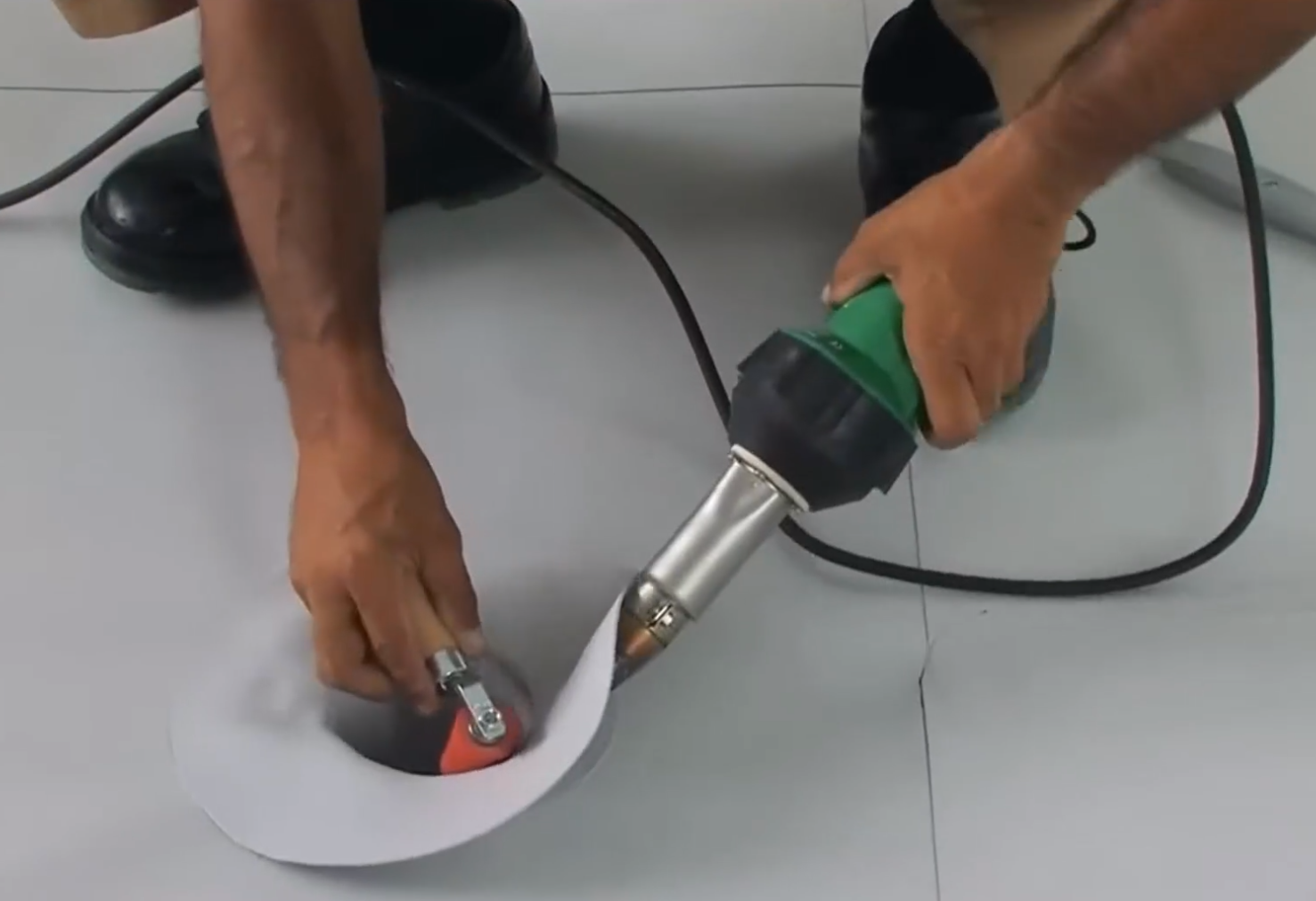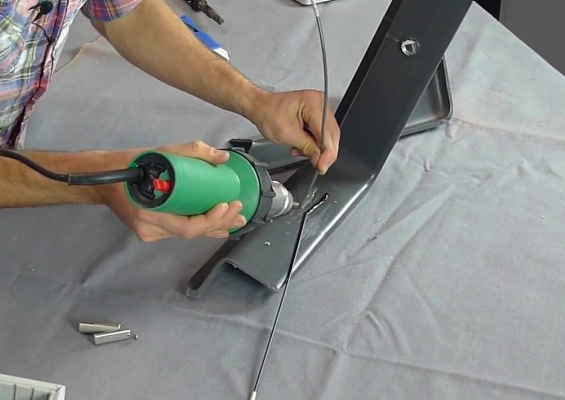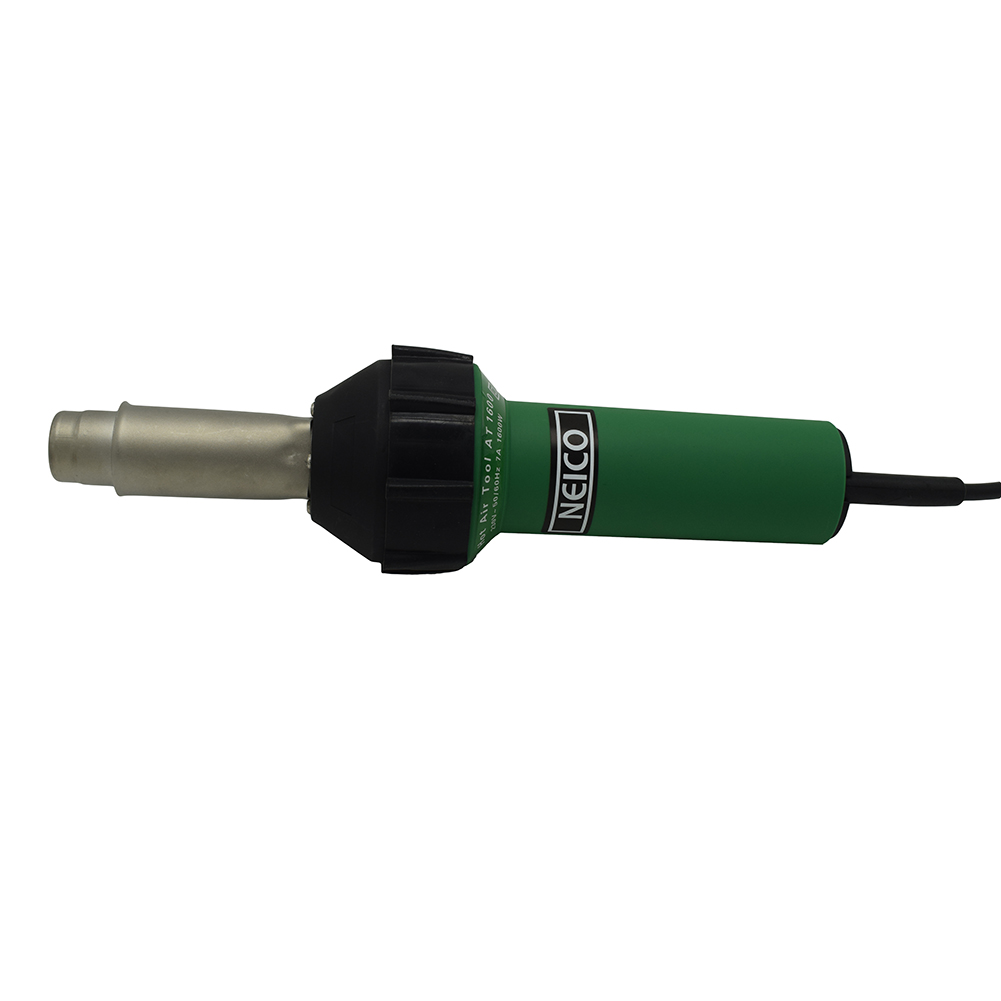+86 512 5879 0108
+86 512 5879 0108
Plastic welding is the process of softening and connecting the surfaces of thermoplastics by heating. When compatible thermoplastics are heated, molecular bonds form between them, forming a strong plastic structure. In the production process, the plastic surface needs to be tightly bonded, hot pressed, and then cooled and cured. The different heating methods determine the diversity of plastic types. In addition to the choice of welding method, the quality of plastic welding is also affected by many other factors. For example, how weldability is the raw material? Before starting to weld, it is important to check that the substrate is flexible enough to produce the desired product.
Plastic products are everywhere, from simple everyday items to sophisticated equipment, and they are widely used and indispensable. Such as disposable tableware, children's toys and simple storage boxes are simple forms of plastic application; Medical devices, network cables and construction pipes, etc., are a wonderful display of plastics in the high-end field.

So, how to carry out plastic welding? Here are a series of key steps that, while a bit complicated for beginners, can be easily mastered by following them.
The first step is to clean and arrange the work area. Choose a well-ventilated area as a work area: No matter what kind of welding work is performed, the first priority is to ensure personal safety. Before starting work, be sure to wear protective equipment and ensure that the working environment is well ventilated. Protect yourself by wearing long-sleeved clothing and heat-resistant gloves. Clean the plastic surface with soap and warm water: Remove all stains and impurities from the plastic surface to ensure that there will be no weaknesses during the welding process. After cleaning, dry the plastic with a clean rag or dust-free paper.
Next, apply an appropriate amount of welding agent to the plastic surface to enhance the welding effect. Select the right welding tool and adjust welding parameters such as temperature and pressure according to the type and thickness of the plastic. During the welding process, a stable welding speed and pressure are maintained to ensure that the plastic surface is evenly heated and tightly bonded.
After the welding is complete, carefully check the welding quality to ensure that there are no defects such as bubbles, cracks or incomplete welding. If necessary, subsequent grinding and trimming work can be carried out to make the welding part more smooth and beautiful.
In addition to the above welding steps and considerations, there are some additional tips and experiences that can help you do a better job of plastic welding.
First of all, for different types of plastics, the welding characteristics may be different. Therefore, when choosing welding methods and tools, it is necessary to understand the material and performance of plastics, and choose the most suitable welding program. For example, certain plastics may require the use of specific soldering agents or preheating methods to obtain the best welding results.
Secondly, the control of welding temperature is very important. Too high a temperature may cause the plastic to deform or burn, while too low a temperature may cause the welding to be weak. Therefore, during the welding process, it is necessary to pay close attention to the change in temperature and fine-tune according to the actual situation.
In addition, the pressure and time during the welding process are also key factors affecting the quality of welding. Proper pressure can make the plastic surface more closely fit together, while sufficient time ensures that the plastic is fully melted and permeated with each other.
Finally, don't forget to check the quality of the product after welding. This includes checking the appearance and structure of the welding site to ensure that it is free of defects, bubbles, and conforms to the overall design. If necessary, professional testing tools can be used to test to ensure the quality and reliability of the product.
In short, plastic welding is a process that requires skill and experience. Through continuous learning and practice, you will be able to master more welding skills and methods, improve the quality of welding, and make more excellent plastic products. Whether you are a beginner or a professional, as long as you work hard, you will be able to achieve satisfactory results.

Advantages of Welding Plastics
Preparing the working surface is easy.
Plastic welding requires zero consumables.
Weld plastics are light in weight.
Plastic welds are appropriate for providing leak-tight or airtight seals.
Disadvantages of Welding Plastics
Highly dependent on material compatibility.
A large number of welding methods require joint designs, which may be hard to mold.
The cost of welding is higher compared to other available methods in the market.

When choosing a heat gun for plastic welding, in addition to considering the basic welding needs and material type, there are some key characteristics and details that need to be paid attention to. Here are some tips on how to choose a heat gun for plastic welding:
First of all, it is necessary to clarify their welding needs. Different plastic materials and welding projects may require heat guns with different power and temperature ranges. Therefore, when choosing a heat gun, make sure it meets your specific needs.
Secondly, pay attention to the temperature adjustment function of the heat gun. A good heat gun should have a precise temperature adjustment ability to adjust precisely according to the melting point of the plastic material. This can avoid the problem of excessive melting of plastics caused by too high temperature or weak welding caused by too low temperature.
In addition, the wind power of the heat gun is also an important consideration. The size of the wind directly affects the efficiency and effect of welding. Choosing the right wind can ensure that the plastic material is evenly heated during the welding process to achieve better welding results.
When choosing a heat gun, you should also pay attention to its safety performance. Ensure that the heat gun has the function of overheat protection to prevent the device from overheating and damage caused by prolonged use. At the same time, choose a heat gun that meets safety standards to ensure that it will not cause injury to the operator during use.
Finally, consider the durability and ease of use of the heat gun. A durable heat gun provides consistent performance over time, while an easy-to-operate design increases productivity. When choosing a heat gun, you can focus on some well-known brands and models, which usually have better quality and performance guarantees.
In summary, when selecting a hot air gun for plastic welding, it is necessary to consider factors such as welding requirements, temperature regulation function, wind power, safety performance, durability and ease of use. By carefully comparing different brands and models of heat guns, and choosing a quality product that suits your needs, you can ensure the smooth progress of welding work and obtain satisfactory welding results.
ZHANGJIAGANG NEICO TOOLS CO., LTD.
Add.: NO.17-18, Building 6, International Trade City, Tangqiao Town, Zhangjiagang 215600, Jiangsu, China
Mob: +86 139 1570 3340
Tel.: +86 512 5879 0108
Fax: +86 512 5879 0108
Skype: neicotools
E-mail: sales@neicotools.com
Web: www.neicotools.com
Products
Site Map